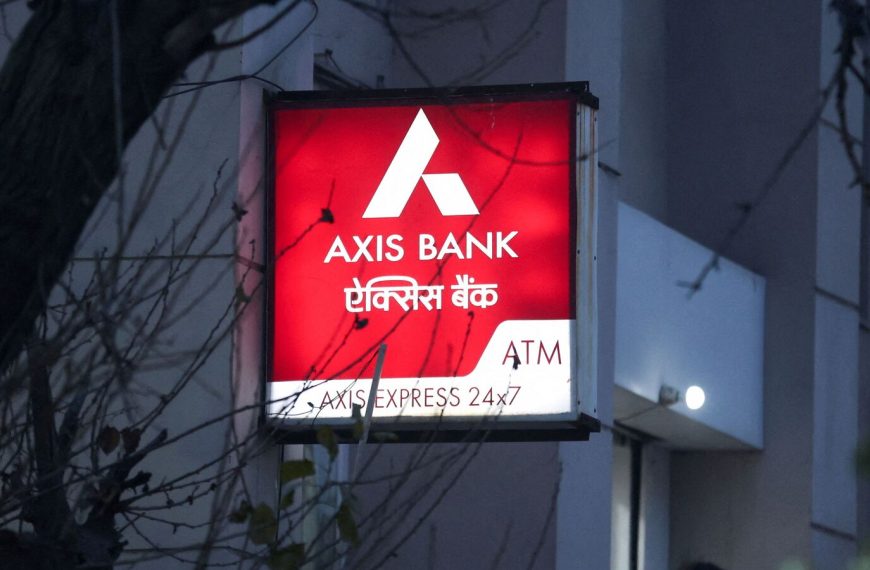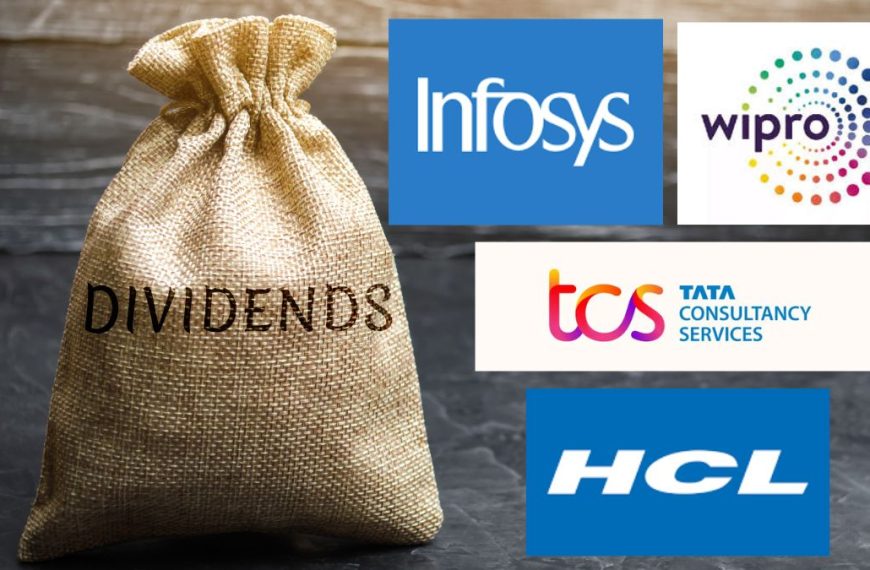Navigating the landscape of megatrends can be a thrilling venture for investors, offering a pathway to significant long-term wealth. However, diving into these expansive trends isn’t without its pitfalls. As market dynamics shift, numerous players emerge, eager to capitalize, but the harsh reality is that 90% of startups ultimately fail. Identifying the potential winners among a sea of contenders is a formidable challenge, but recognizing early warning signs can help steer investors away from potential pitfalls.
Understanding the Megatrend Landscape
As we witness the rise of notable companies like Zomato and Swiggy in India’s booming food delivery sector, it’s essential to note that they represent only a fraction of the market. Numerous competitors, such as Juzi and Tiny Owl, have faded into obscurity, highlighting the volatility of this space.
The AI Revolution and Its Risks
The artificial intelligence (AI) sector is another megatrend gaining traction, with an astonishing 44% of U.S. venture capital investments directed towards AI in 2024. However, the rapid influx of funding raises concerns about a potential bubble, as many startups may not deliver on their lofty promises. The ongoing investment in semiconductors is substantial, yet results are lagging, indicating that many AI ventures could be on shaky ground.
Climate Change Initiatives: A Double-Edged Sword
When it comes to climate change, the Indian government is actively pursuing initiatives in solar energy, nuclear power, and electric vehicles (EVs). Despite a surge in funding from venture capital and private equity, there are signs of excesses, with companies like Gensol and Ola Electric facing significant scrutiny. These firms have seen substantial declines in investor wealth, underscoring the importance of vigilance in this rapidly evolving sector.
Five Early Warning Signs to Avoid Investment Traps
Recognizing the potential red flags can assist investors in sidestepping traps within megatrends. Here are five critical indicators to watch for:
1. Financial Transparency and Governance
Good governance is paramount. Investors often rely on audited financial statements to gauge a company’s health. If these documents obscure the truth, it can lead to disastrous investment decisions. Be cautious of companies with a history of frequent auditor changes, as this may indicate deeper issues. For instance, Byju’s faced a series of auditor resignations before its insolvency proceedings began in 2024.
2. Complicated Business Structures
While complex corporate structures can be commonplace, excessive related-party transactions may signal trouble. If a company shows convoluted ownership while engaging in significant related-party dealings, it warrants further investigation. Companies like Gensol have faced scrutiny for manipulating stock prices and misdirecting funds, which should raise alarms for potential investors.
3. The Dangers of High Debt
Debt can be a useful tool for growth, but it can also lead to disaster if not managed prudently. High levels of debt relative to equity and insufficient revenue growth can spell trouble. Gensol, for example, saw its debt soar from ₹11 crore in March 2021 to over ₹2,000 crore, indicating a dangerously high debt-to-equity ratio of nearly 3.5x.
4. Promoter Pledging: A Red Flag
When company promoters pledge a significant portion of their shares, they risk losing control if financial challenges arise. This situation can trigger a downward spiral, as seen with Gensol, where promoter shareholding plummeted from over 70% to about 35% recently due to lender sell-offs.
5. Insider Activity and Management Changes
In an ideal investment scenario, all pertinent information should be readily available. However, insider knowledge often creates information asymmetry. Frequent management changes or insider share sales can be indicators of underlying problems. For example, the series of exits at Ola Electric raises concerns, mirroring patterns seen in past corporate failures.
Conclusion: Stay Informed and Diversified
While these warning signals can help investors navigate the complexities of megatrends, it is crucial to remember that public information can sometimes be incomplete or misleading. Hence, maintaining a well-diversified portfolio is essential for mitigating risks associated with potential traps in the investment landscape. By staying informed and vigilant, investors can better position themselves to seize opportunities while avoiding pitfalls in their quest for long-term wealth.











